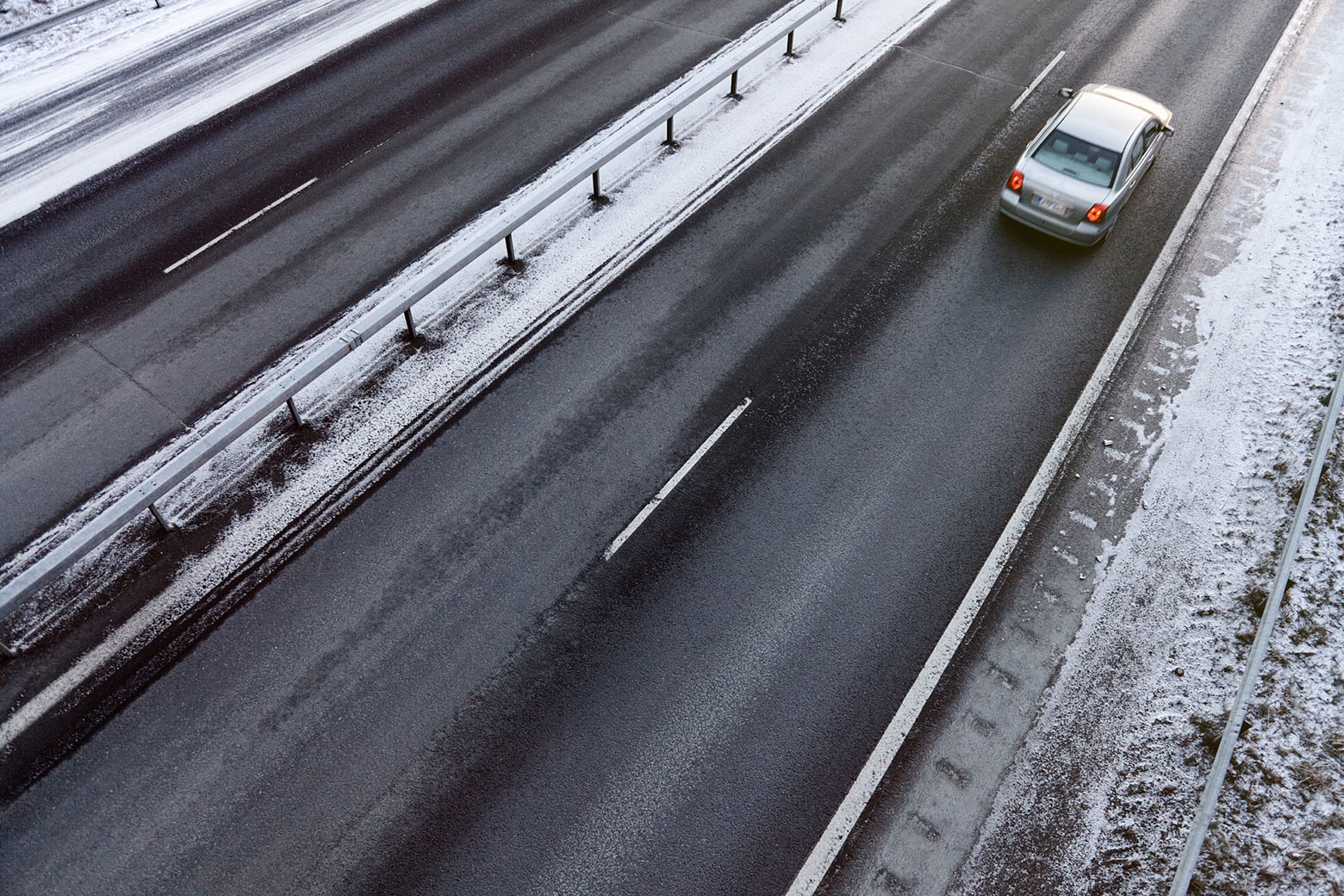Both gravel roads and paved roads consist of several layers. The uppermost layer in paved roads is the wearing surface and in gravel roads the wearing course. When the uppermost layer is in good condition, severe damage can be prevented. It is especially important to protect the load-bearing layer situated lower against water, as the road has better bearing capacity when dry.
The principle is more or less the same as in teeth. The crown of the tooth protects the deeper parts, such as the roots. If a tooth cavity extends to the root, treatment will be more expensive and painful.
”For repairs, comparing the situation with teeth is appropriate. On the other hand, the development of tooth cavities can be prevented with good care. The situation with roads is different. Roads will wear in any case, but we must monitor their condition and perform repairs at the right time”, says Pekka Rajala, Director, Road Traffic, at Finnish Transport Infrastructure Agency.
Examples of timely maintenance are the repairs of individual damaged points in the wearing surface. If there are only few holes in the road, it is usually worth repairing them.
”If there are many big holes, however, it more economical to apply a new wearing surface for the entire road. The economy of scale applies matters here”, Rajala says.
We know the condition of roads
The Finnish Transport Infrastructure Agency and the Centres for Economic Development, Transport and the Environment closely monitor trends in road condition. Damage analyses are performed at regular intervals. In addition, use is made of forecast models that indicate the direction that the condition of the road will probably take in the near future. Thanks to measurements and feedback, the authorities have up-to-date information on the condition of roads in Finland.
With the information, we also know when the repairs will be most profitable. However, success in this has been hampered by inadequate maintenance funding for a long time.
”We have had to prioritise the maintenance of the main roads. As a result, the maintenance backlog has increased, especially in roads with low traffic volumes”, Rajala says.
However, there is now light at the end of the (road) tunnel.
Through additional funding, the Finnish Transport Infrastructure Agency can perform slightly more extensive repairs on the network of smaller roads and remove some of the accrued maintenance backlog. However, repairing damage is now more expensive in many roads, as the optimum time for the repairs has already gone.
”In the long run, it is more affordable to perform the repairs in a timely fashion. If funding remains sufficient, we have better opportunities to repair roads when it is most profitable. However, it takes time to get rid of the maintenance backlog, considering that its amount for roads is approximately EUR 1.3 billion”, Rajala says.

